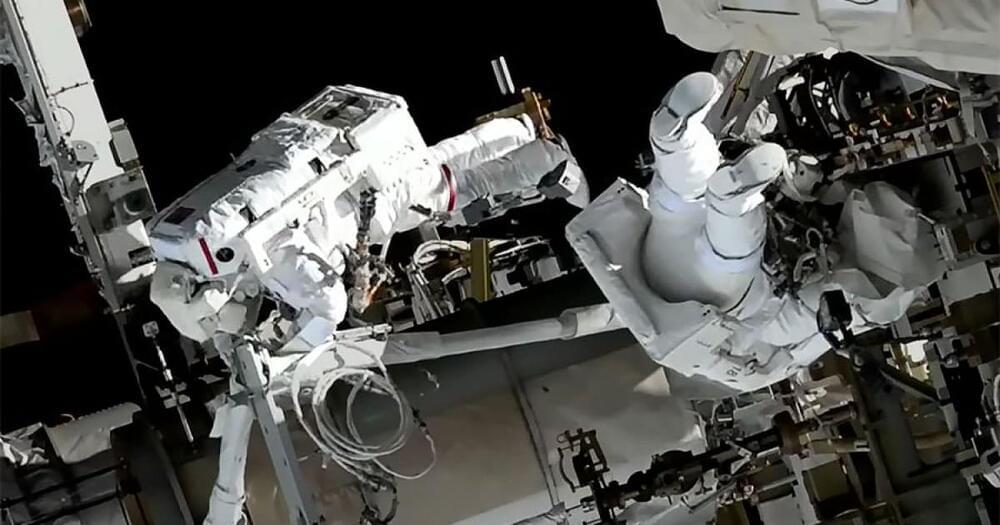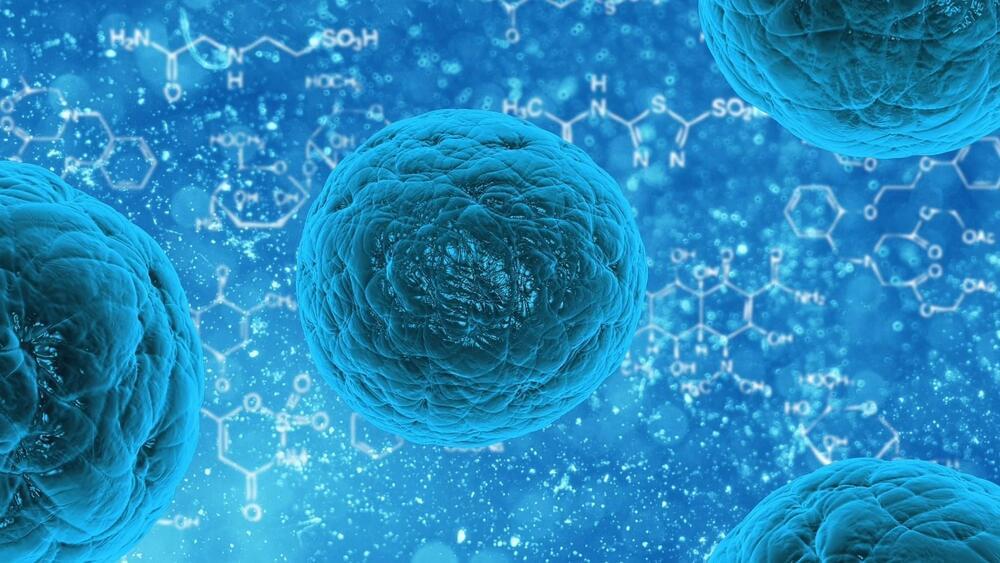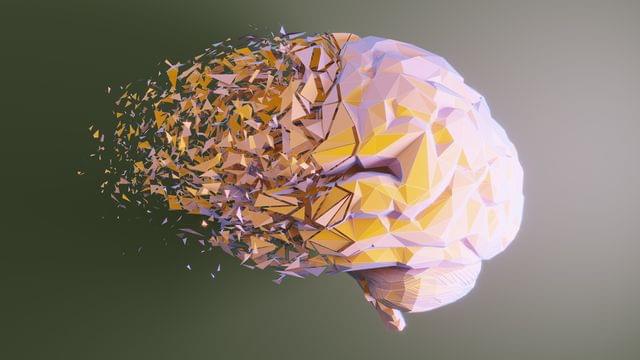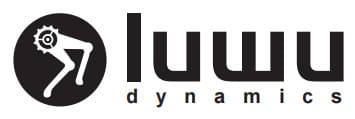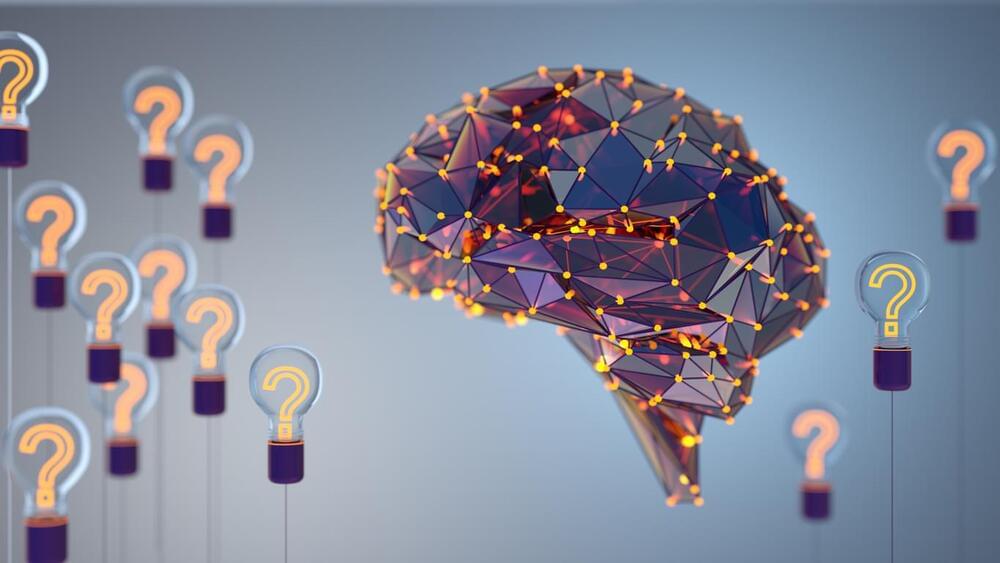Two astronauts from the International Space Station (ISS) yesterday performed the first spacewalk of the year, working on the exterior of the station as part of a long-term program to upgrade the ISS power system. The spacewalk took place on Friday, January 20, and lasted over seven hours, though one troublesome strut wasn’t bolted into place as planned.
The two astronauts performing the spacewalk were NASA astronaut Nicole Mann and Japan Aerospace Exploration Agency (JAXA) astronaut Koichi Wakata, and this was the first spacewalk for each of them.
The ISS solar arrays which provide power to the station are getting old, so in a long-term project astronauts are installing new arrays called iROSAs at an offset on top of the old arrays — allowing both sets of arrays to provide power. The aim of the spacewalk yesterday was to install two mounting platforms, which would be used to install new solar arrays later this year.
